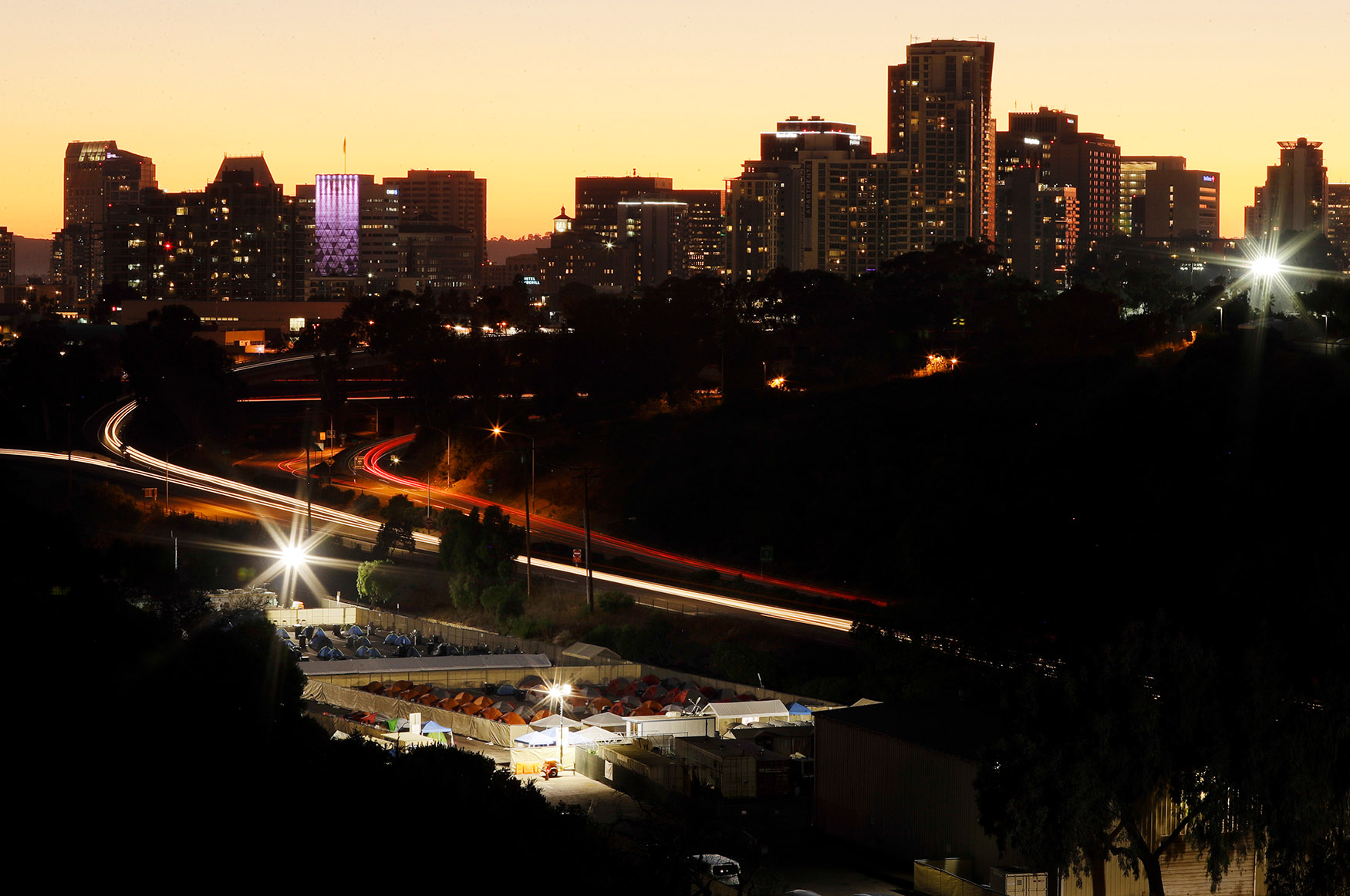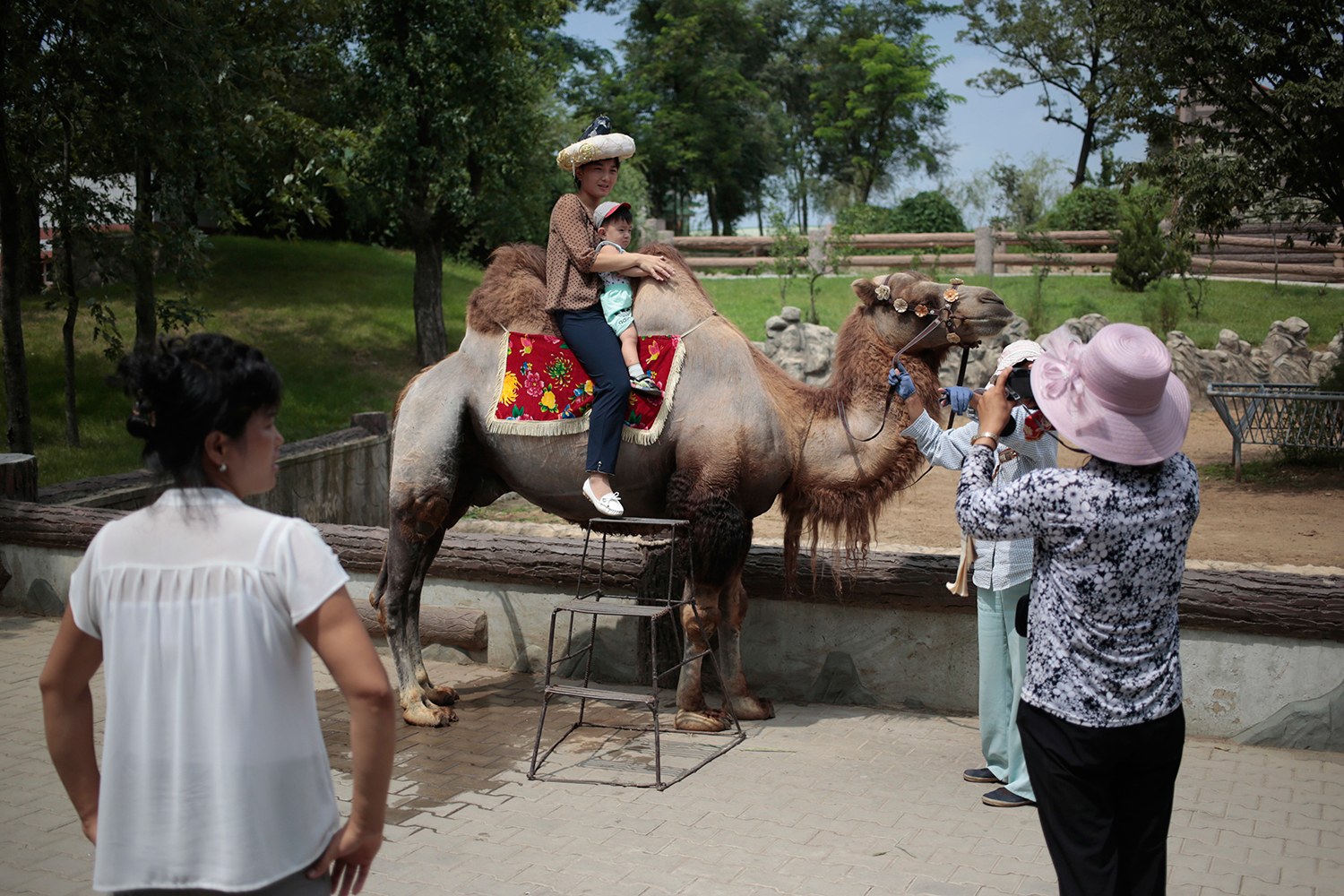Rescuing Borneo's threatened orangutans

In a dense strip of peat swamp jungle along the banks of Mangkutub River in the heart of Borneo, a conservationist aims his tranquilizer rifle at an orangutan high in a tree and fires two darts.
The giant, red-haired primate slides down the tree on its own and soon loses consciousness on the jungle floor.
A team of ten rescuers from the Borneo Orangutan Survival Foundation huddle around the adult male and perform a brief medical examination — checking temperature, teeth to determine rough age, taking a blood sample and inserting a chip under its skin — before preparing to transport the orangutan to a release site about 80 kilometers away, where they believe it will have more space to roam and be less threatened by forest fires.
Forest fires, often set illegally to clear land, have been an annual problem in Indonesia since the mid-1990s, but last year's was the worst in nearly 20 years, when blazes spread across 2.1 million hectares (8,063 square miles). They killed 21 people, damaged crops and caused respiratory problems for more than half a million.
The fires also encroached on the habitat of orangutans in central Borneo, forcing them to move closer to river banks, in some places along a strip of forest as narrow as 30 meters (yards) near the Mangkutab River. The population of the big apes got so crowded that experts worried they would starve and get into conflicts with people living nearby.
"Recent forest fires have made it difficult for orangutans to find food and this is very dangerous for them," said Ahmad Sayoko, coordinator of rescue and release mission.
Most rescued orangutans were found in bad condition, apparently starving and some with cataracts. One had multiple air rifle pellets in its head and leg, a sign of conflict with humans.
Southeast Asia's Sumatra and Borneo islands are the orangutans' last homes on Earth, and environmentalists warn that the estimated 60,000 animals remaining could disappear from the wild within the next decade if steps aren't taken to protect them. Wild orangutans are also threatened by poaching and illegal logging.
"We have to rescue and relocate them as soon as possible or they could lose their lives," said Kissar Odom, who works for the foundation. During the team's first operation in November, they rescued and relocated 39 orangutans, he said.
On this, the team's second operation, rescuers have spotted an orangutan nearly every ten minutes as they ride along in the boat, a sign that the area along the river has a higher population density than is healthy.
Team members carried the large tranquilized orangutan through a dense swamp and put it in a cage, which was then loaded on a waiting boat to be taken to the release site.
They hope to rescue two or three of the great apes each day, said Sayoko.
"We are determined to continue this operation until the last orangutan along Mangkutub River is safely relocated," he said.
See these photos on APImages.com
Text from the AP news story, AP PHOTOS: Rescuing Borneo's threatened orangutans, by Dita Alangkara
Follow Dita Alangkara | Twitter | Instagram
Spotlight is the blog of AP Images, the world’s largest collection of historical and contemporary photos. AP Images provides instant access to AP’s iconic photos and adds new content every minute of every day from every corner of the world, making it an essential source of photos and graphics for professional image buyers and commercial customers. Whether your needs are for editorial, commercial, or personal use, AP Images has the content and the expert sales team to fulfill your image requirements. Visit apimages.com to learn more.
Written content on this site is not created by the editorial department of AP, unless otherwise noted.
AP Images on Twitter | AP Images on Facebook | AP Images on Instagram
Visual artist and Journalist






















